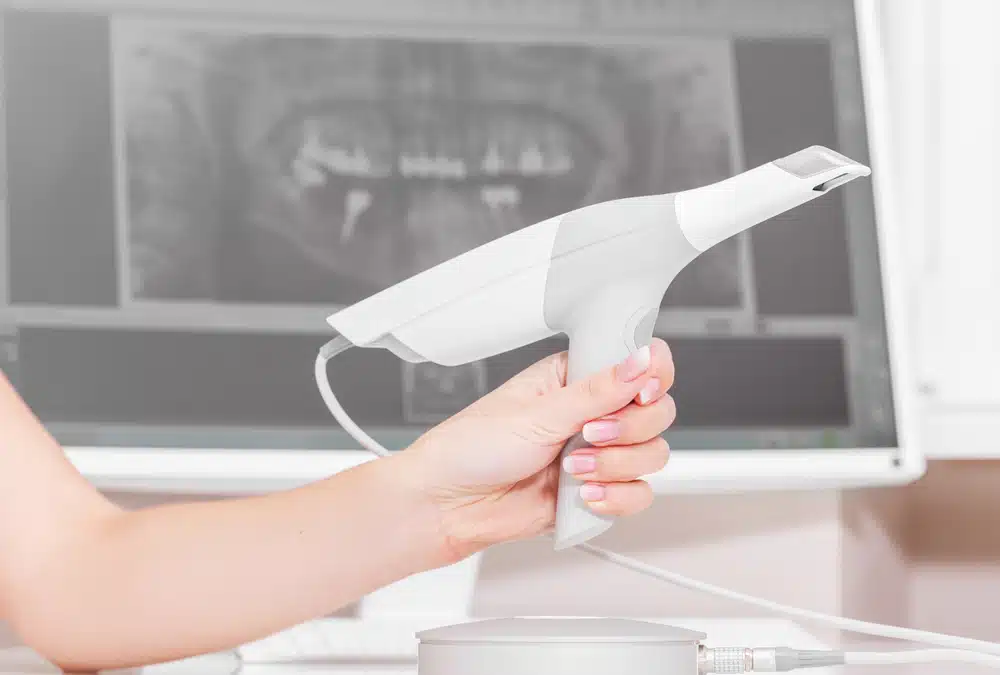1. What Are Toothprints?
- CSI Meets Dentistry: Imagine a dental impression that’s not just about identifying your bite—it’s a unique dental fingerprint. Enter toothprints! These are like the dental version of fingerprints, but with a digital twist.
2. How Do Digital Toothprints Work?
- Custom Bite Impressions, Digitally: When you get a digital toothprint, it’s not your typical dental mold. Instead, it captures your bite pattern using advanced digital scanners. These scanners can help to create a 3D model of your teeth, including the arrangement, gaps, and unique wear patterns.
- Like Snowflakes, But in Pixels: Just as no two snowflakes are alike, no two digital toothprints are identical. Each person’s bite is as unique as their smile.
3. Why Are Digital Toothprints Useful?
- Missing Persons and Forensics: In cases of missing persons or unidentified remains, digital toothprints serve as a valuable tool in forensic dentistry. The scans which can be translated into 3D models can help identify individuals quickly and accurately.
- Child Safety: Parents can create a digital record of their child’s bite pattern. This record is crucial for emergencies, dental treatments, or even abduction scenarios.
4. How Are Digital Toothprints Made?
- Specialized Digital Scanners: Dentists use high-tech digital scanners that capture precise details of your teeth and bite. These scanners create a virtual image which can also be translated into a 3D model.
- Preserving the Digital Record: The digital toothprint is securely stored, ready to be used if needed. No more physical molds or plaster—just pixels!
5. Next Time You Visit the Dentist…
- Ask About Digital Scans: While you’re getting your regular checkup, inquire about digital toothprints. If your dentist uses a digital scanner, you may be surprised by what you see! 🔍🦷




